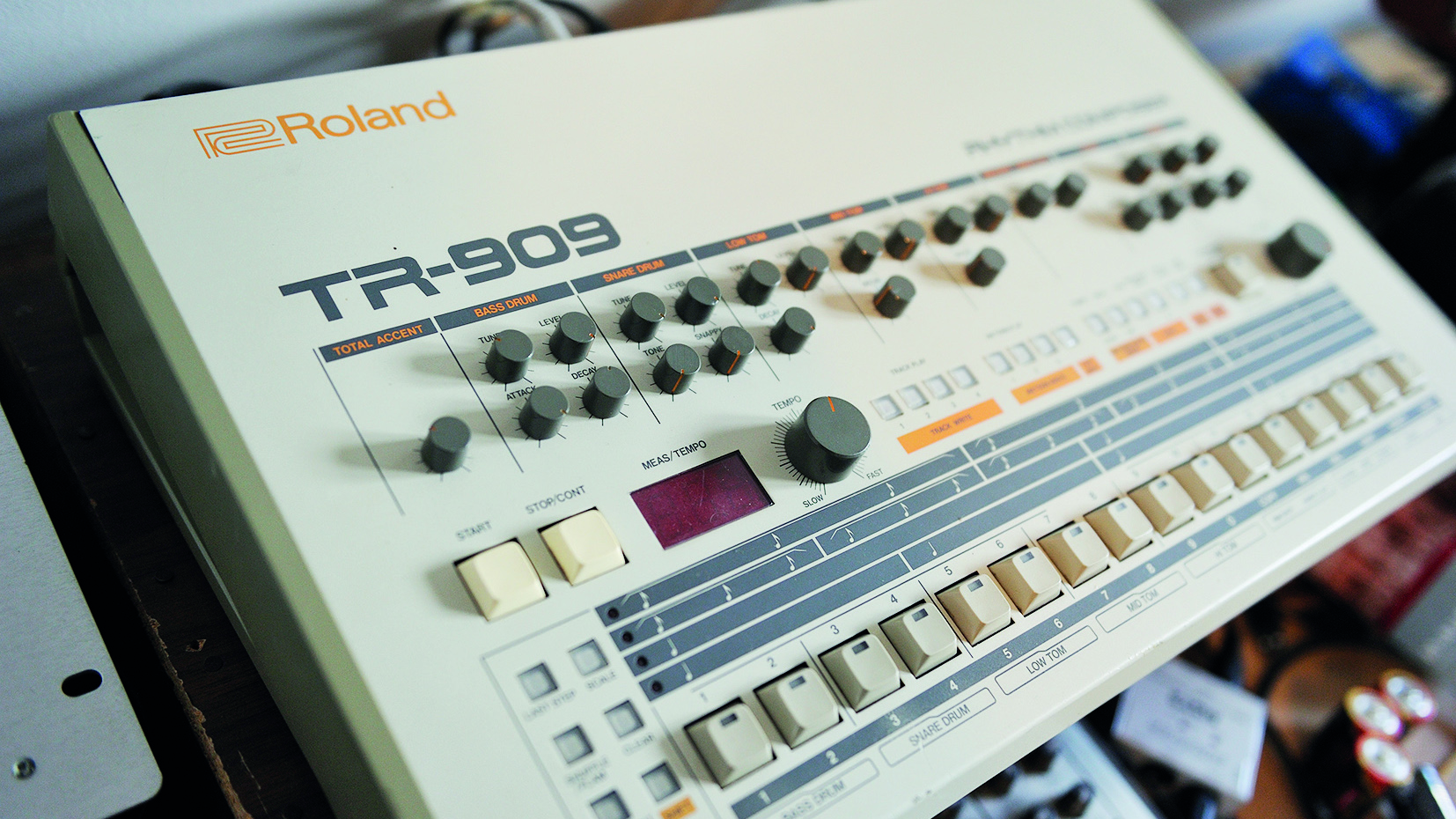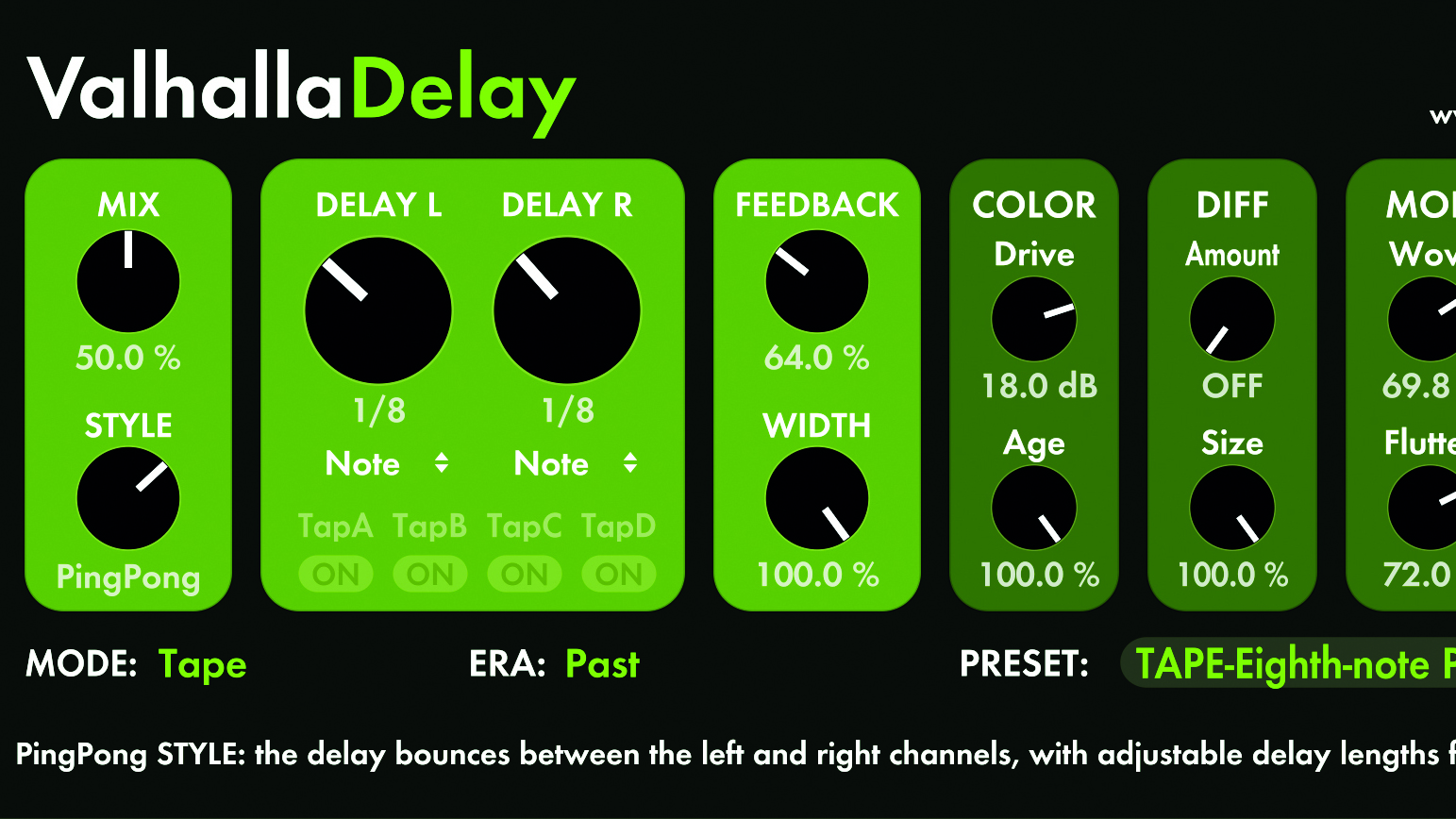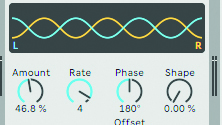9 minimal track arrangement tips: find out how a little can go a long way
Here's how to keep a sparsely-populated track interesting

Making a simple arrangement compelling for four, five or even ten or more minutes isn’t easy. Here are some strategies to help it all come together…
1. Keep it simple, take it slow
Fairly obvious, but want to create minimal music? Don’t start adding big events and sounds as your track progresses. Instead, vary things up by subtly adding and removing elements of your beat. If you do want to add another synth line or significant rhythmic element, try fading it in slowly over the course of 32 or 64 bars using volume or filter automation.
2. Envelopes are your friends
Any synth or sampler with one or more envelope generator is a great tool for creating minimal production. Try subtly automating the amp sustain level on an open hat sample, or the filter decay of a synth bass part as your track progresses.
3. Percussion over melody
One of the main features of minimal music is an emphasis on percussion over melodic lines and chord progressions. That’s not to say minimal tracks have no melody at all, but try using things like tuned toms, percussive synth stabs and synth mallets that blur the line between percussion and melodic parts. All that said, adding a melodic element can be a great way to switch up a minimal track and grab the listener’s attention – try introducing a droning synth pad or delayed chord pattern halfway through your track.
4. Toy with texture
In the realms where minimal and ambient music overlap, ‘texture’ sounds play a major role. Try creating a looping repetitive beat underpinned by a shifting backdrop of ambient noises. Try recording the world around you – birdsong, city noises, ambient chatter – and feed these sounds through reverbs, delays and modulation effects to create an evolving bed under your minimal groove.
5. Randomise it!
Lots of modern synths, samplers and sequencers come equipped with some form of randomisation tools, and these can be great for adding a little variety to otherwise minimal, repetitive productions. Adding a lot of randomised elements will make a track sound too hectic and chaotic, but used sparingly – adding a single extra note to a riff that only triggers 10% of the time, for example – this can be a really great way to mix up your patterns.
6. Get hands on…
Modern DAWs and plugins make it very easy to automate and modulate parameters, but if you leave everything to LFOs and rigid lines of automation your track can end up sounding rather mechanised. Try mapping certain parameters to a MIDI controller and record parameter changes the old fashioned way – by tweaking knobs and riding faders!
Get the MusicRadar Newsletter
Want all the hottest music and gear news, reviews, deals, features and more, direct to your inbox? Sign up here.
7. Ping-pong transitions

Tempo-sync’d ping-pong delay is useful for breaking up a track and helping it flow between sections. Gradually switch between fully dry and fully wet at the end of eight bars, then pull the wet signal out just before the next section.
8. Don’t forget the stereo field

When working with a simple, limited set of sounds, well-considered stereo placement goes a long way. Move elements around in the mix to make them feel more alive – a slow pan effect on a hi-hat pattern is an easy way to add movement to a repetitive loop.
9. What you leave out is just as important
If you load up your track with too many elements it won’t sound minimal. Try removing common or important elements to see how it affects your track. Do you really need that snare, those hi-hats or even a kick? Sometimes removing what we expect to hear is more powerful than adding anything new.
Future Music is the number one magazine for today's producers. Packed with technique and technology we'll help you make great new music. All-access artist interviews, in-depth gear reviews, essential production tutorials and much more. Every marvellous monthly edition features reliable reviews of the latest and greatest hardware and software technology and techniques, unparalleled advice, in-depth interviews, sensational free samples and so much more to improve the experience and outcome of your music-making.










